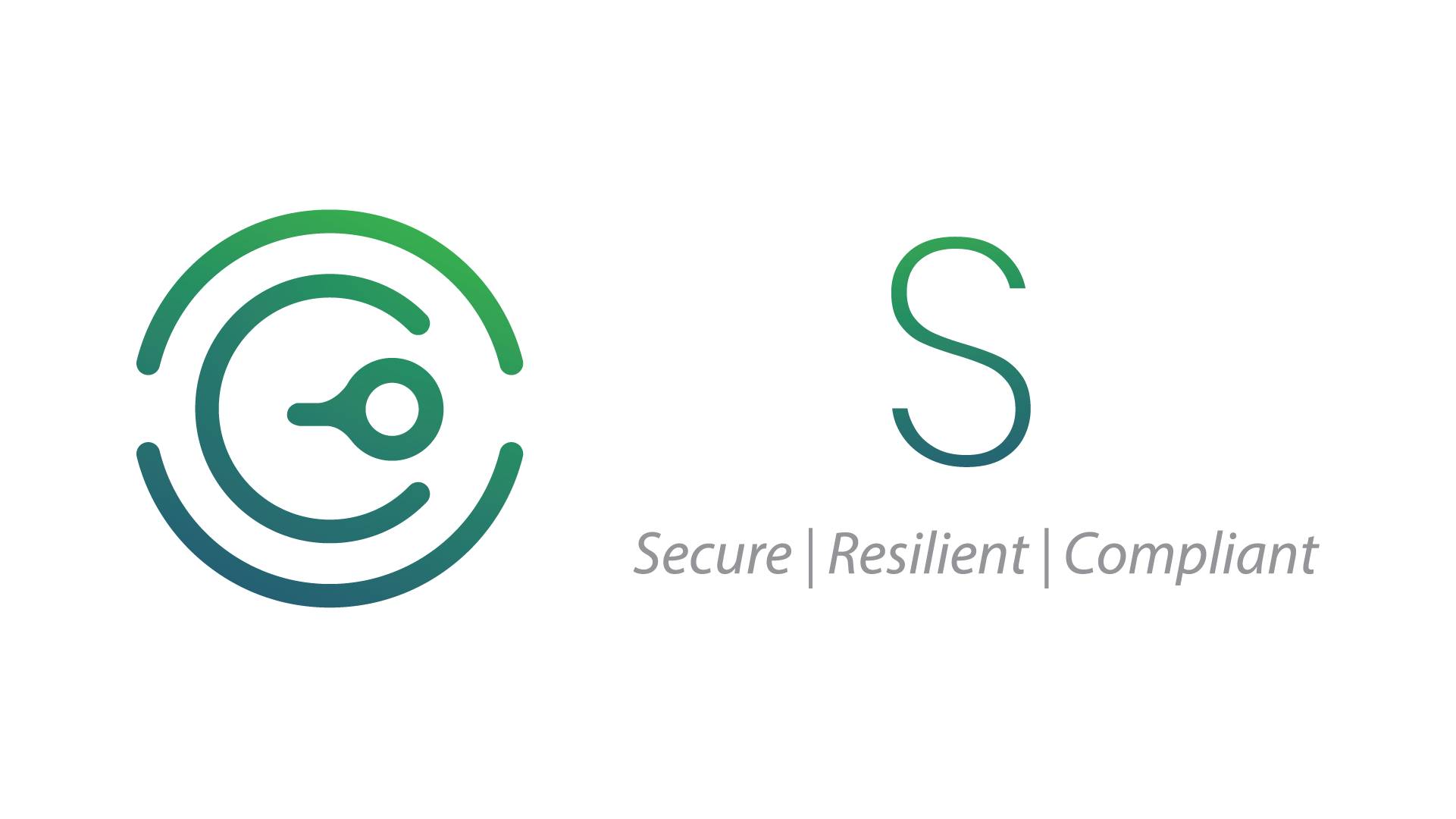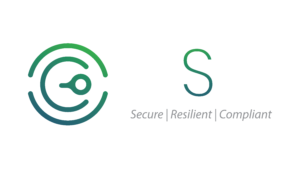
What is NCA Compliance in Saudi Arabia? A Complete Guide
In Saudi Arabia, cybersecurity isn’t just a technical concern — it’s a national priority. With growing threats from ransomware, data breaches, and state-sponsored attacks, the Saudi government has established strict compliance frameworks to safeguard its digital assets.
At the center of this effort is the National Cybersecurity Authority (NCA) — the official body responsible for regulating and enhancing cybersecurity in the Kingdom. This blog serves as a complete guide to NCA compliance: what it is, who it applies to, and how your business can meet the latest cybersecurity standards in 2025.
2. What is the NCA?
The National Cybersecurity Authority (NCA) was established by royal decree in 2017. Its mission is to:
- Set national cybersecurity policies
- Protect critical national infrastructure (CNI)
- Reduce cyber risk across public and private sectors
- Foster cybersecurity awareness and workforce development
The NCA reports directly to the King and works closely with ministries, regulators (like SAMA and CITC), and private entities.
3. What is NCA Compliance?
NCA compliance refers to an organization’s adherence to the cybersecurity policies, frameworks, and regulations issued by the Authority.
There are multiple components, but the primary one is the:
Essential Cybersecurity Controls (ECC-1: 2022)
This framework outlines mandatory controls for organizations to secure IT systems, networks, and data.
4. Who Needs to Comply with NCA Regulations?
✅ Mandatory for:
- Government entities (ministries, authorities)
- Critical national infrastructure (energy, water, healthcare, telecom)
- Financial institutions (if not already under SAMA)
- Any organization handling sensitive national data
✅ Recommended for:
- Private businesses in sectors like fintech, e-commerce, logistics
- Startups working with public sector contracts
- Multinationals with operations in KSA
5. Key Pillars of NCA’s Cybersecurity Framework
The ECC-1 framework is structured around 5 domains:
- Cybersecurity Governance
- Roles & responsibilities, reporting lines
- Cybersecurity strategy alignment
- Roles & responsibilities, reporting lines
- Cybersecurity Defense
- Network and endpoint security
- Access control, anti-malware, firewalls
- Network and endpoint security
- Third-Party and Cloud Security
- Vendor risk assessments
- Secure cloud configurations
- Vendor risk assessments
- Awareness and Training
- Regular training for employees and stakeholders
- Crisis simulations and policy enforcement
- Regular training for employees and stakeholders
- Incident Response and Business Continuity
- Incident detection, response, and reporting
- Backup, disaster recovery, and cyber resilience
- Incident detection, response, and reporting
6. Compliance Steps: How to Become NCA Compliant in 2025
Step 1: Gap Assessment
Conduct a full audit of your current cybersecurity controls against the ECC-1 checklist.
Step 2: Risk Classification
Determine if your organization is a CNI or high-risk operator. This impacts the level of compliance required.
Step 3: Policy Development
Develop internal security policies aligned with NCA guidelines.
Step 4: Technology Implementation
Deploy or upgrade cybersecurity tools — SIEM, endpoint protection, IAM, vulnerability scanners.
Step 5: Employee Training
Run cybersecurity awareness and phishing simulation programs for all staff.
Step 6: Incident Response Plan
Build and test a formal incident response plan. Appoint a cybersecurity incident response team.
Step 7: Submit to NCA (if applicable)
Some regulated entities may need to submit compliance reports or allow audits by the NCA.
7. Penalties for Non-Compliance
Failure to meet NCA standards can lead to:
- Fines (based on sectoral regulations)
- Public disclosure of breaches
- Restricted access to government tenders
- Legal consequences for data loss
In a 2023 case, a major logistics firm was barred from bidding for smart city contracts after repeated cybersecurity violations.
8. NCA vs. Other Frameworks (SAMA, ISO, PDPL)
Framework | Applicable To | Focus Area | Overlap |
NCA | Public + CNI | National cybersecurity | Yes |
SAMA | Financial institutions | Risk, audit, controls | Yes |
ISO 27001 | Global | Information Security | Strong alignment |
PDPL | All orgs handling personal data | Privacy, processing | Related but distinct |
Tip: Many controls in ISO 27001 or SAMA align well with ECC-1, so dual compliance is possible.
9. How Centre Systems Group Helps with NCA Compliance
At Centre Systems Group, we support your organization across every stage of NCA compliance:
✅ Cybersecurity gap assessments
✅ ECC-1 control mapping
✅ Policy creation and training
✅ Cloud and network hardening
✅ Incident response planning
✅ Audit preparation and reporting
We bring deep local expertise, compliance-focused methodology, and a strong understanding of the regulatory landscape in KSA.
NCA compliance is more than a legal requirement — it’s a competitive advantage. In Saudi Arabia’s evolving digital economy, cybersecurity readiness can make or break your business.
Whether you’re a startup entering the market or an established player looking to scale securely, now is the time to align with NCA standards.
📞 Contact Centre Systems Group to schedule your compliance consultation and safeguard your operations in 2025 and beyond.
Frequently Asked Questions
Is NCA compliance mandatory for small businesses?
If you work with government contracts or operate in sensitive sectors, yes. Otherwise, it’s strongly recommended.
How long does it take to become compliant?
Typically 2–6 months depending on your size, sector, and current security posture
Can we be compliant with both ISO and NCA?
Absolutely. In fact, ISO 27001 is a great foundation for NCA’s ECC controls.
What’s the cost of compliance?
Costs vary, but the ROI includes risk reduction, contract eligibility, and trust enhancement.



Leave a Reply